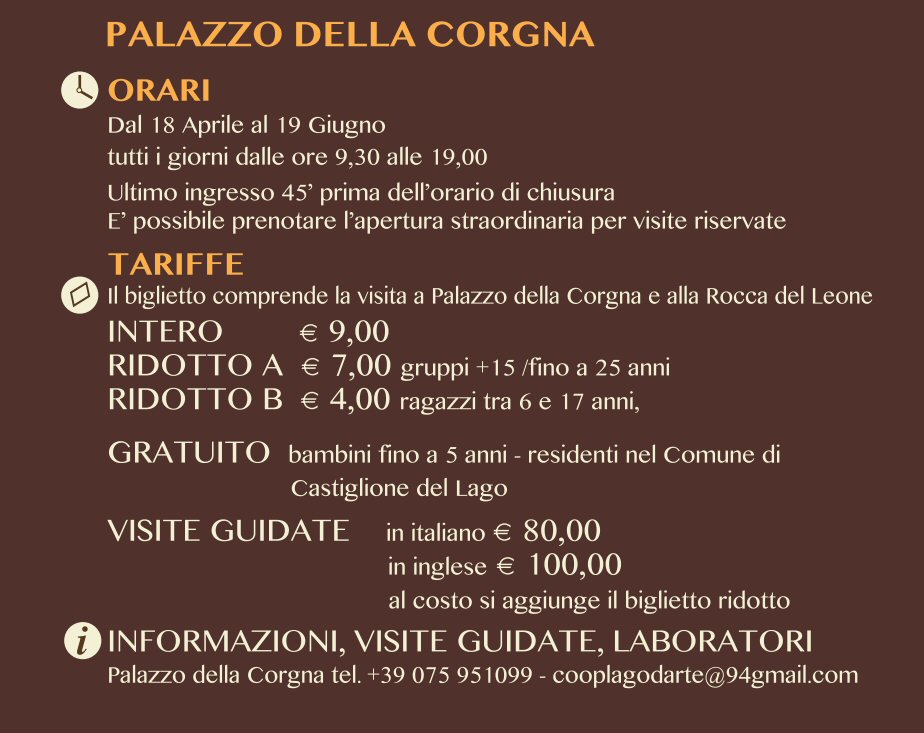News
Castiglione in Postcard
CASTIGLIONE IN POSTCARD
One hundred years of postal greetings
Palazzo della Corgna 18 April – 19 June 2022
With the patronage of the Municipality of Castiglione del Lago
From the Andrea Stecchi collection
Image consulting Luca Petrucci
A Lagodarte Impresa Sociale production
The exhibition “Castiglione in Postcard” wants to offer a point of view on the village of Castiglione del Lago and its “lakefront”, through the wavy frames of old postcards.
A “tourist” point of view, which could seem repetitive, due to the natural predilection of photographers to select the most representative subjects of the urban and lake landscape, but which on display, for the curious and attentive eye, becomes rather comparative, inviting you to capture the architectural, environmental, cultural and customs transformations of our territory among the shots of different eras, each with its own technical peculiarities.
The exhibition itinerary recreates a hypothetical walk to the (re) discovery of Castiglione in three rooms of the building: the visitor sees it, arriving by car or train (or on foot or by bicycle), in the distance, lying on the characteristic promontory that seems “A huge 16th century vascel” (room 1 – Phaeton);
continuing he reaches the promontory and through the ancient gates enters the fortified village, discovers characteristic squares and alleys until he finds himself in front of the grandeur of the ducal palace and the medieval fortress, climbs the walls and towers to contemplate a breathtaking view of Lake Trasimeno ( Room 2 – Aeneid).
Then, as in reality, the visitor eager to see the lake up close, sets off towards the shores along a suggestive walk among the olive trees of the “knoll”; in the same way, the exhibition itinerary ends in a decentralized room on the north side of the building, which tells with postcards the “lakeside” with its shores and beaches (room 3 – Battaglia del Trasimeno).
An exhibition therefore that invites the visitor to discover the Castiglione of postcards “from life”, to retrace the places represented and simulate its points of view, to fully experience those emotions just suggested by “… a hundred years of postal greetings”.

Comments are closed


